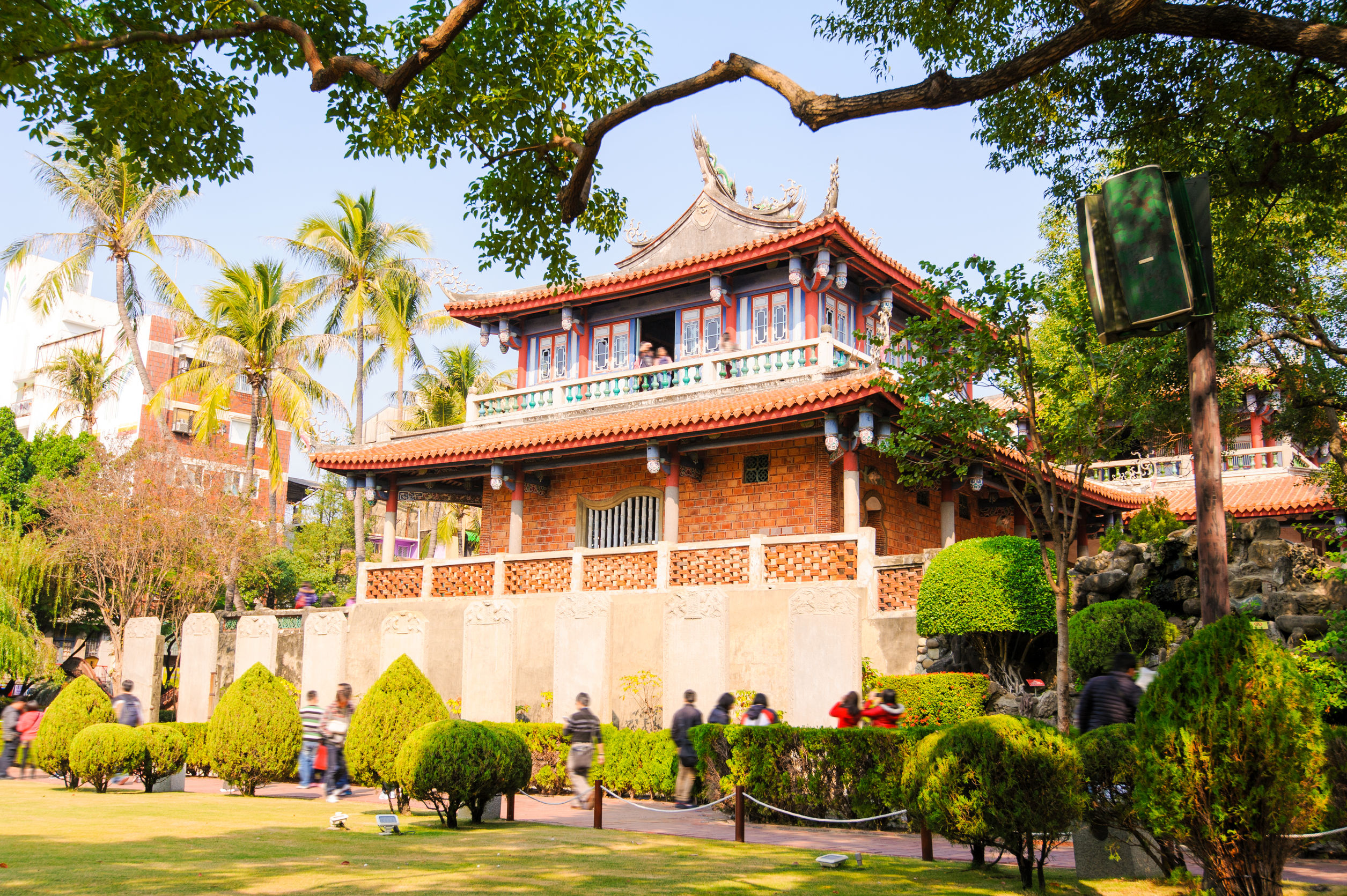
Though Taipei is now the biggest city in Taiwan, it was not the first city to be developed in Taiwan. You may ask which city was the first then? The answer is neither Taichung or Kaohsiung, it is-Tainan. The name may sound unfamiliar to you and the city may be old, but you will be fascinated by the city’s antique story.
How to travel in Tainan?
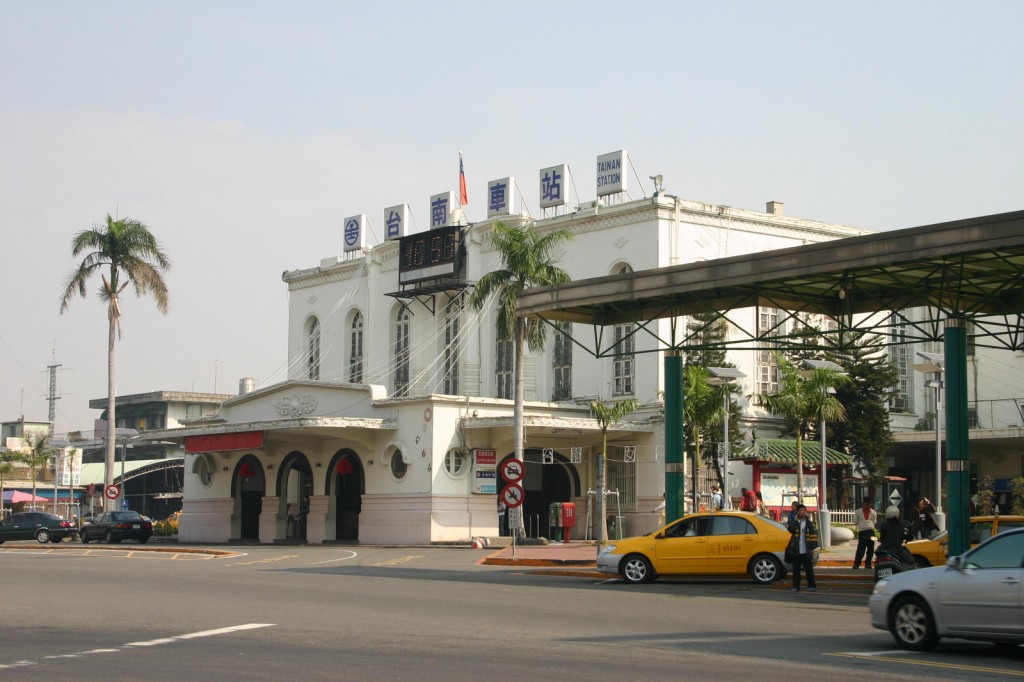
Image from VR walker
Let’s start exploring the city from the train station. Don’t be spoiled by the convenient public transportation of Taipei, in Tainan, there’ no way you can hop on the bus within 20 minutes unless you are extremely lucky. You can have private charter service offered by Justaiwantour, rent a scooter, rent a T-bike or simply walk.
The worth-visiting spots in Tainan
Tainan Prefecture Magistrate Residence

Outlookxp
Travel southward for a few minutes, just next to the railway you can see a red-brick building in British colonial style. It is Tainan Prefecture Magistrate Residence, which was built for the Japanese royal members when they traveled to Taiwan. Now the residence building is opened for the public. You can experience the exquisite life style by a visit.
National Museum of Taiwan Literature
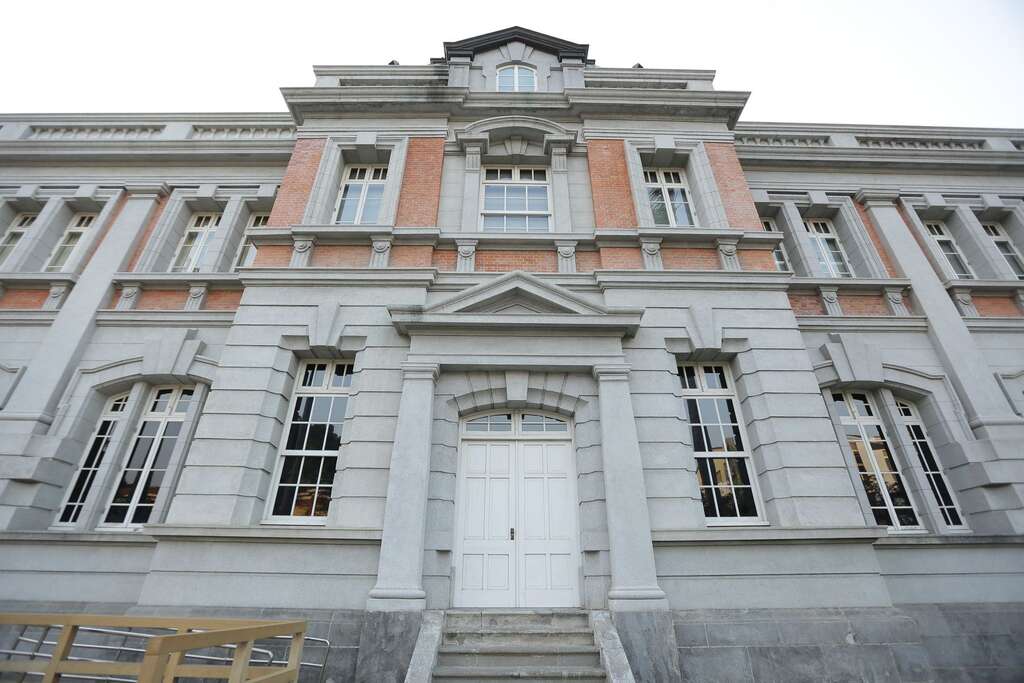
Along the Qingnian Road, you will realize that you are in the city center of the old time when you see the grand building rising at the roundabout. It was the Hall of Tainan Prefecture, and now the architecture is reused as National Museum of Taiwan Literature.
Confucius temple
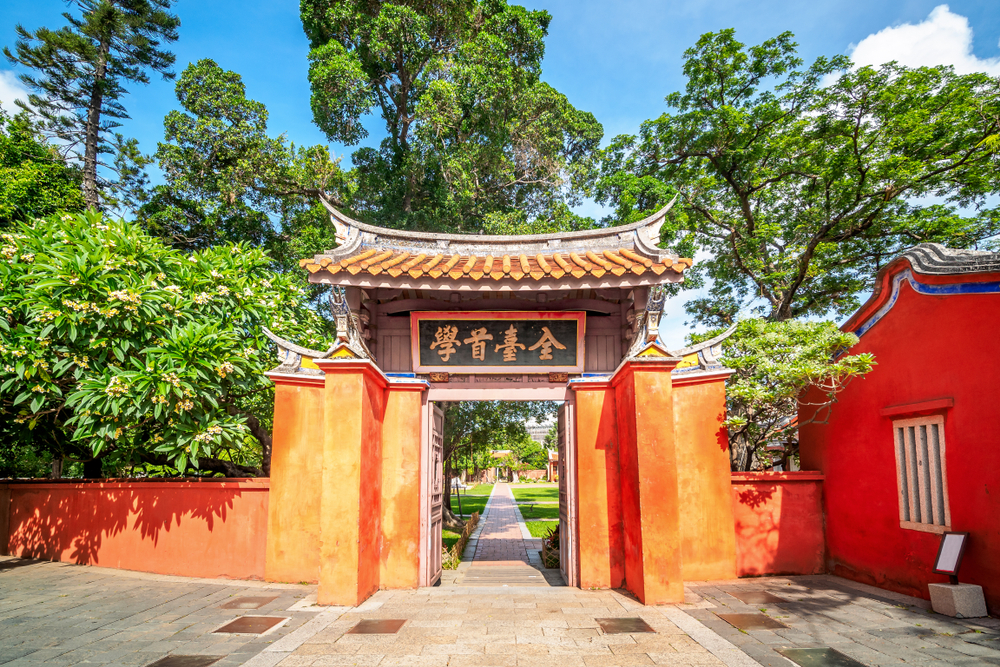
Travelers will find that there is a red brick wall built by the National Museum of Taiwan Literature across the lane. Inside the wall there stands the oldest Confucius temple in Taiwan. Constructed in 1665, is not only a temple to worship Confucius but also a school. If you happened to visit Tainan on 28th, Sep, you are very lucky to view the annual ceremony of which the choreographed moves originated from the Chinese ancient imperial court.
Lin’s Department Store
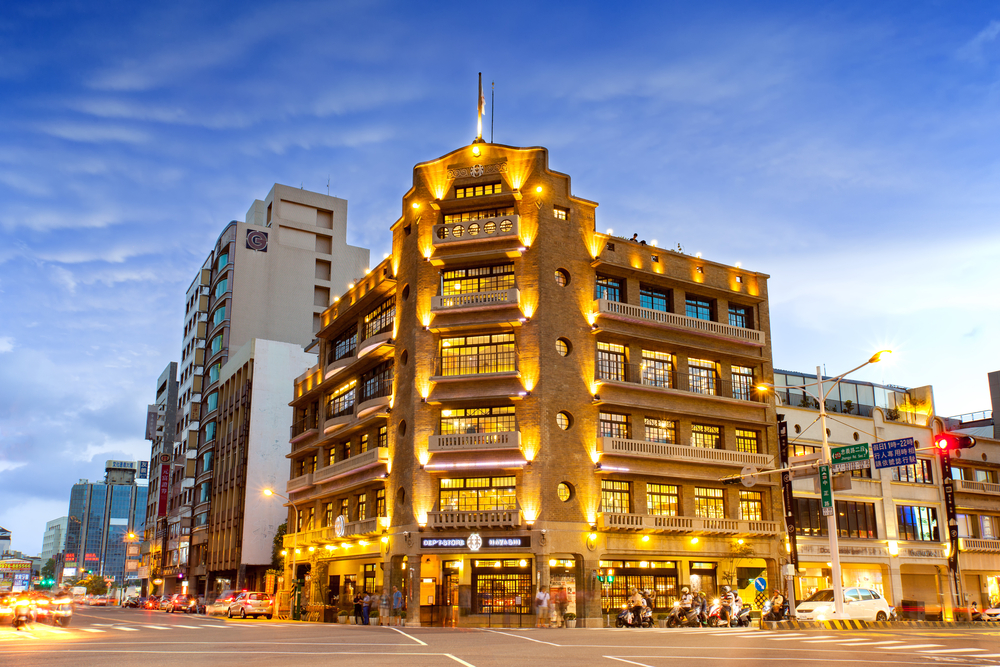
Follow the sign to Zhongzhen Road, you will spot Lin’s Department Store, a 5-storied yellow building on the street corner. It was the first department store opened in Southern Taiwan, and the first one to have elevator. The modernized equipment showed the prosperity of Tainan in 1930’s. The refurbishment represents the lavish scene. People can have glimpses on the retro world.
Chihkan Tower ( Fort Provintia )
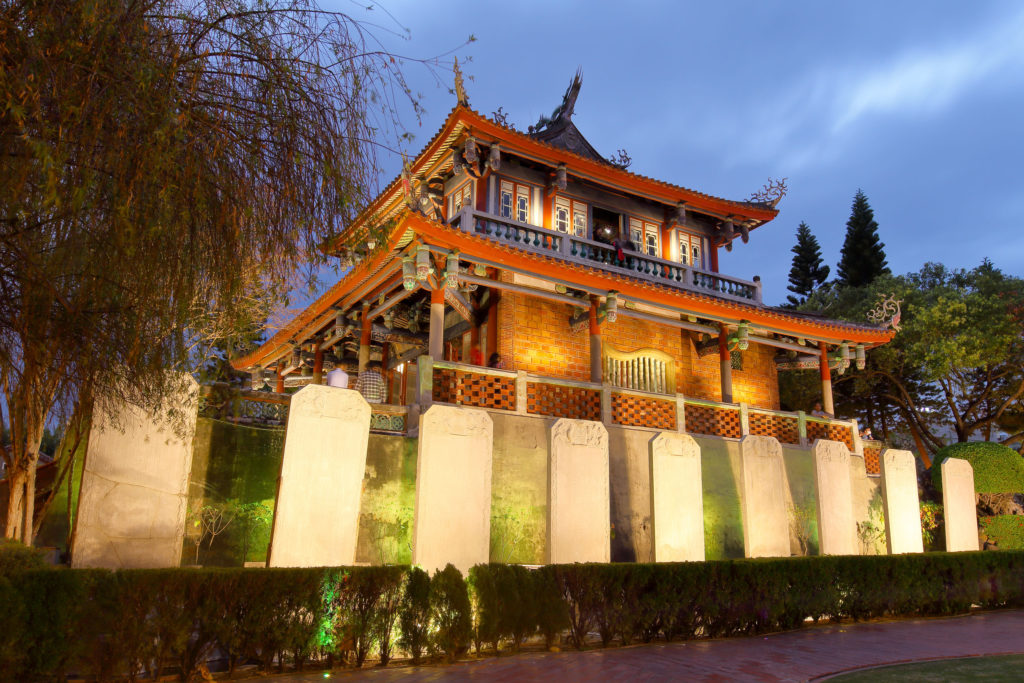
Let’s move on northward to Chihkan Tower. The building was initially called Fort Provintia and built by the Dutch people in early 17th century. After the Dutch people surrendered to Zheng Chenggong’s regime, the fortress became the administrative center of Taiwan. The most eye-catching things are the 9 imperial plinths at the south gate carried by the turtle-shaped stone Bixi (贔屭). The Bixi, said to be one of the nine sons of the Dragon King, and fond of carrying heavy objects, have added a great deal to the folklore legends of Chihkan Tower, which are still told today.
Shengnun Street
What’s the life of common people in Tainan of the old time? A stroll at Shengnun Street may give you some hints. It sounds mind-blowing that hundreds of years ago, the roads in the city were the rivers and ports. People on Shengnun Street took the advantage of the location so it later became the most prosperous commercial area in Taiwan. Though the glorious time has gone, the street is now renovated by the youth entrepreneurs and artists. Inside the old houses there are café, bars, and grocery shop of cultural & creative industry.
Anping Fort (Zeelendia)
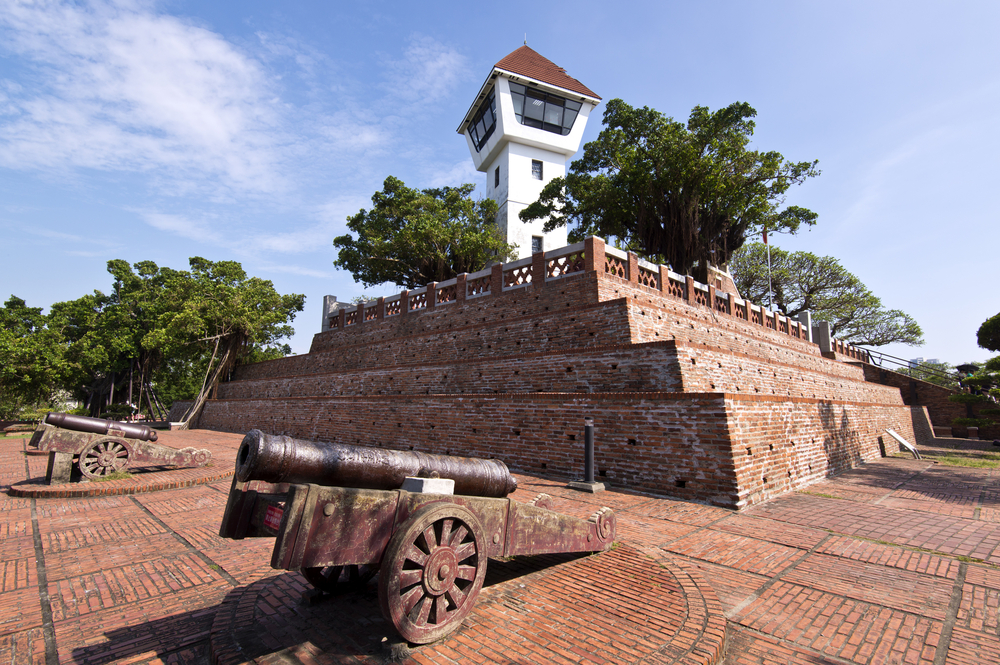
At the end of the tour, let’s go all the way to the west, get to our last destination-Anping Fort and Anping Tree House. The fort built by the Dutch for military purpose was called Zeelendia, and later handed over to Zheng Chengong. Around the fort you can see some medieval artillery. These are the coastal cannons built by the Qing Dynasty in 1814 to defend the coastlines of Anping.
Anping Tree House

Wpcpey
Anping Tree House was a warehouse of British trading company in Qing dynasty. The warehouse later belonged to Japanese. After WWII, the warehouse was used by Taiwan Salt but later abandoned. The deserted house was invaded by the trees and gradually the walls are covered with roots, and the roof is penetrated by the trunks. The special scene now attracts numerous tourists on weekends and holidays.
留言